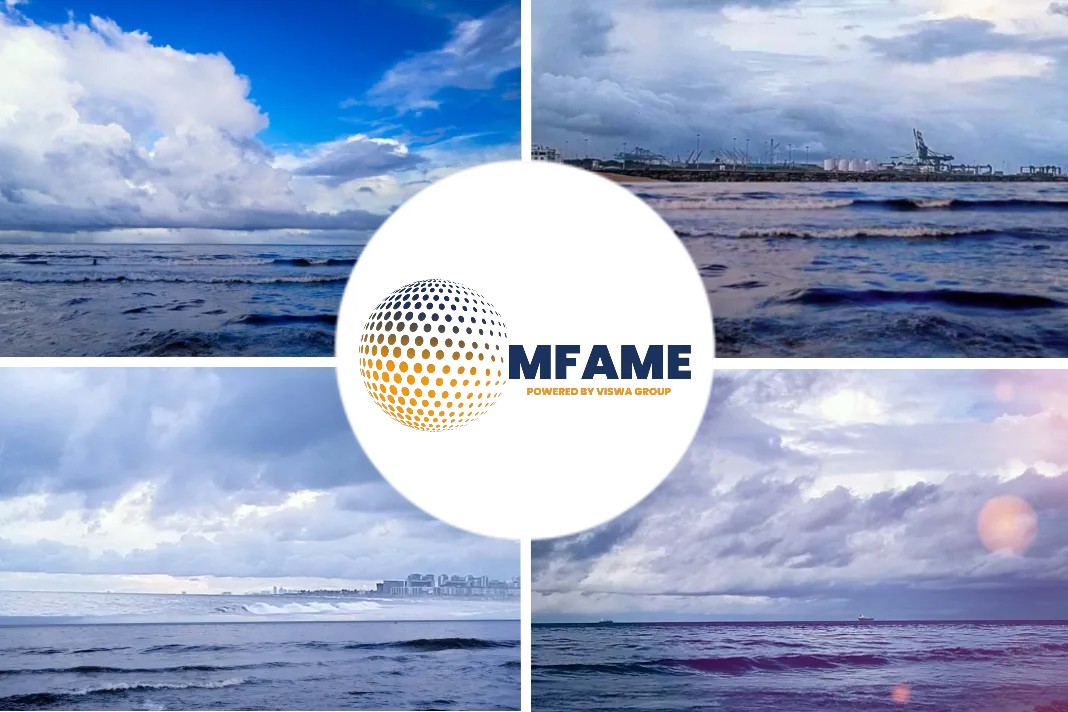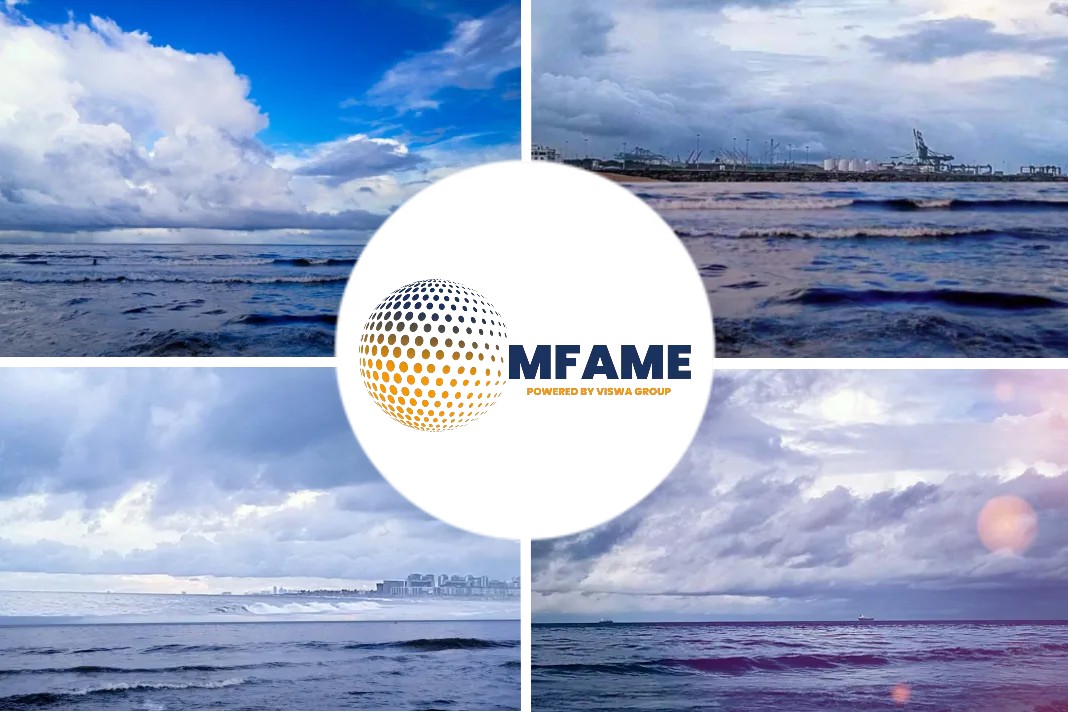Datawave Marine Solutions in its official website discusses the comparison between the four types of bows that are used in vessels.
Variety of bow shapes
Here is a glimpse of the key points highlighted by Datawave Marine Solutions are as follows.
There are a variety of bow shapes, each suits to a different task. These may all look the same with a cursory glance, but don’t get fooled.
Nearly the same bow shape, used on a different vessel may work for entirely different reasons.
Let us distinguish between four prevalent bow shapes: conventional hull, X-Bow, Axe Bow, and wave piercing.
What We Need in a Bow
How would you describe the perfect ship bow? What does it accomplish? First and foremost, the bow must provide smooth water flow to minimize resistance. Next, we pack in several competing goals.
- Low resistance in calm water
- Minimum added resistance in waves
- Minimal accelerations as we plunge into waves (jerky motions)
- Minimum spray
- Minimum green water on deck
- Track with major wave crests
We categorize water on deck into two major types. Spray involves light foamy water that is mostly air. (Figure given below) It looks big and may knock over crew on deck. But it presents little danger to the ship structure.
Second type of spray – a threat to ship
The second type of spray, green water, may seriously threaten the ship.
Green water refers to a large wave completely swamping the deck; a wall of solid water punches into everything it can find.
This may tear loose any small equipment on the deck. It also robs you of almost all forward speed.
Watch the video below and notice that after the wave hits, the ship’s motion nearly stops.
All that water adds a lot of weight on the deck of the ship, creating dangers to stability for some vessels.
Clearly, we design ships to survive this, but the forces and motions are so violent that we prefer to avoid green water events.
An unpleasant ride for the crew
That violent motion also makes an unpleasant ride for the crew. Repeatedly plunging into waves quickly fatigues the crew.
You get unhappy sailors who can’t do their jobs because they spend too much effort simply holding onto the ship. Crew experience factors as a major part of bow design.
Unfortunately, crew experience doesn’t always win out. These requirements for bow design contradict each other.
A bow with minimum resistance
A bow with minimum resistance needs to be skinny, but that offers little reaction to oncoming waves.
Designers are often forced to pick priorities; priorities that may be dictated by the owners and not the crew.
Balancing these conflicting needs lead to several interesting approaches in bow design.
Conventional Bow
A conventional bow really gets designed in two parts: under water and above water. The underwater section often has a bulbous bow (for large freighters). Above the water, we rake the stem forward and flare out the sides.
Conventional bow prioritizes
The conventional bow prioritizes all efforts to keep the main deck from submerging. The flared sides direct spray away from the main deck.
And the increasing width creates a strong nonlinear reaction to water rising up the bow. The farther the water rises, the harder the bow pushes up.
This nonlinear reaction also irritates sailors; it results in jerky pitch motions that fatigue everyone. The pros and cons of this bow design are as follows.
Advantages
- Immediate and increasing reaction to waves on bow.
- Strong resistance to main deck submerging.
- Optimized minimum calm water resistance below waterline.
- Flared bow deflects spray
Disadvantages
- Sharp, jerky accelerations for sailors.
- Large waves rob all forward speed.
- High added resistance in waves.
The forward rake
The forward rake also achieves multiple goals. The rake naturally tapers the bow to a point, meant to cut into the waves and brunt that initial shock of entry. (The results usually fall short of original intentions.)
That rake also increases the moment arm of the bow. As the bow submerges, the center of submerged volume pushes forward, increasing the resistance to ship pitch motions.
As a result, the ship often feels like it lands on a hard edge, rather than sinking into soft waves. The conventional bow was designed to act as a hard brake to pitching motions.
X-Bow
The X-bow focuses on a smooth ride for the crew, and this design applies best to larger vessels. Patented and developed by Ulstein [4], the X-bow features straight waterlines back to the shoulder of the bow.
The bow maintains this straight section shape all the way through several decks above the main deck. The waterlines show only modest amounts of gentle flare going up.
Shifting the main buoyant
By shifting the main buoyant volume aft to the shoulders, the X-bow smooths out the entry of a wave against the bow.
The straight waterlines maintain a linear response to water rising up the bow, which avoids any jerky pitch motions that wear down crew.
The stem rakes aft, blending into a large curve that rises several decks. This also smooths out the ride by trying to keep the pitch moment constant.
New flexibility
The X-bow moved the first exposed bow deck far above the waterline. This increased separation allowed the designers new flexibility.
The bow was permitted to partially dive into waves, improving the overall ride performance.
Of course, it does create a few other design challenges. The pros and cons of the X-bow are given below.
Advantages
- Smoother ride for the crew.
- Linear, predictable response to waves.
- Reduced pitch accelerations.
Disadvantages
- Large green water running up bow.
- Increased scantlings for bow structural design.
- Wind area in higher locations at bow.
- Higher risk of plunging deep into a wave.
Large inertia of the vessel
The X-bow depends on the large inertia of the vessel to help delay pitch motions (i.e. big things are slower to start moving). By the time the bow truly pitches down into the water, the wave already passed.
Plus, with a large design, the X-bow extends at least three decks above the main deck. That clearance of 7-8 meters is critical to protect the bridge from excessive spray.
Personally, I think the X-bow has many uses, but I would hesitate before applying it to smaller vessels.
Axe Bow
The Axe Bow also prioritizes a smoother ride for the crew, but with applications to smaller vessels. Developed by Damen Shipyards [9], the Axe Bow features a plumb stem with long, fine lines for the entrance. With this design, the keel actually drops down towards the bow, resulting in an axe shaped profile. Hence the name Axe Bow.
Linear resistance to waves
Axe Bow employs straight vertical sides to create a linear resistance to waves, resulting in smooth pitching motions. But the Axe Bow does not extend for multiple decks. Instead, the secret lies in the weight distribution.
The Axe Bow evolved from a previous study of an enlarged ship concept, conducted at Delft University. This study lengthened the bow of the ship, but without increasing powering or outfit. Essentially, the lengthened bow section was empty space.
This study showed improvements to efficiency and reductions in pitch accelerations. Longer bows that remained empty showed major potential for improved designs.
Weight distribution
The weight distribution was key to this enlarged bow. With all the weight focused near the aft end, this long bow presented a huge moment arm.
Even with a thin bow, the long length made the vessel gradually rise to match the wave slope long before the bulk of the vessel weight reaches the wave.
Damen took this concept and expanded with a few more features to yield the Axe Bow. The relative merits of this design are given below.
Advantages
- Works for small vessels.
- Works for planing vessels.
- Mitigates hull slamming.
- Smoother ride for the crew.
- Linear, predictable response to waves.
- Reduced pitch accelerations.
Disadvantages
- Requires design discipline to avoid using the bow space.
- Requires longer ship lengths.
- Longer bow places larger wind areas forward.
- Increased length requires slightly higher structural costs.
- Long bow length may create excessive yaw motions when taking bow quartering waves.
Slamming
The mystery of the keel warrants further explanation. The Axe Bow also applies to planing vessel, and one of the largest dangers to planing vessels is slamming. When a section of hull becomes airborne and collides with the water on reentry, it feels like hitting a concrete wall. That impact poses a serious structural hurdle to high speed vessels. Damen dropped the keel line to prevent the bow section from initially leaving the water. No exit from the water; no reentry with slamming; no problem.
Wave Piercing Bow
Unlike all previous concepts, the wave piercing bow completely abandons any attempt to keep the main deck dry. You see wave piercing bows on skinny monohulls that are more submarine than surface ship, or on large multihulls where the cross deck sits far above the main hulls. The wave piercing hull focuses on maintaining forward speed in waves.
Many people assume a wave piercing hull anytime they see a bow with a reverse rake or skinny width. The wave piercing hulls are categorized by the teardrop shape of their cross section. They still must be narrow for this to work though.
The hull plunges directly into a wave, and it generates little pitching motion. Without severe pitching motion, the hull doesn’t try to flip up over the waves. Without pitching, the hull can maintain course and speed, powering straight under the waves.
Cross section view of wave piercer
The magic of a wave piercer lies in the shape of the cross section. Due to the slope on the top of the hulls, as the wave passes along the bow, it drives the hull downwards. This driving force counterbalances the natural buoyancy of the now submerged hull. Ideally, the hydrodynamic forces and hydrostatic forces balance out to net almost no pitching moment.
Green water on deck
Wave piercing bows do nothing to shed spray or green water. Indeed, they encourage green water on deck. The deck must be designed more like a submarine than a ship. This reduces pitching motions, but not pitching accelerations.
The wide underside of the bow frequently encounters wave slamming. The long bow length also presents challenges with bow quartering waves. The major pros and cons of a wave piercing bow are given below.
Advantages
- Good to maintain speed in waves.
- Good for high speed applications.
- Works for small vessels.
- Works for planing vessels.
- Long length reacts gradually to waves.
Disadvantages
- Large potential for slamming.
- Large spray.
- Large green water on deck.
- Poor at following wave contour.
- Long bow length may create excessive yaw motions when taking bow quartering waves.
Conclusion
These four bow types may look similar, but the subtle differences optimized them for vastly different applications. Broadly speaking, they can be categorized with the following applications:
- Conventional bow: Good cargo capacity. Optimized for minimum calm water resistance. Ideal for large vessels in moderate seas.
- X-Bow: Optimized for crew comfort in large waves. Works best on large vessels in heavy seas.
- Axe Bow: Targeted for crew comfort in medium to large waves. Works best on small to medium vessels.
- Wave piercing bow: Optimized for minimum resistance in waves.
Each bow type has its own specialty. These guidelines provide a basic framework to categorize the various bows available and compare their relative merits. The universal perfect bow will never exist. Instead, identify your own needs and select the one bow that’s perfect for you.
Did you subscribe to our daily newsletter?
It’s Free! Click here to Subscribe!
Source: Datawave Marine Solutions

























